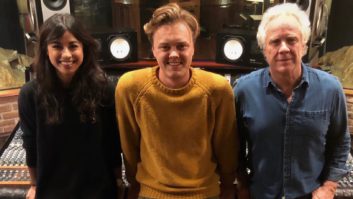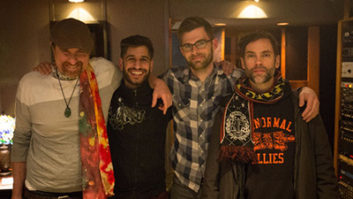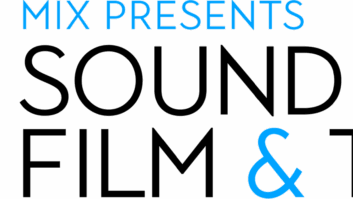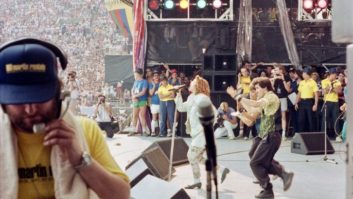
Portland, ME (July 18, 2018)—If you’ve listened to the Top 40 over recent decades, you’ve surely heard the work of mastering engineer Adam Ayan, who has favored the Manley Massive Passive since he embarked on his career at Portland, ME’s Gateway Mastering.
The veteran mastering engineer has been at Gateway since 1998, apprenticing under Bob Ludwig and soon carving out his own distinguished career, putting finishing touches on recordings by the likes of Paul McCartney, Shakira, Gwen Stefani, Carrie Underwood, Lana Del Rey, and Taylor Swift. He’s contributed to 42 Grammy-winning albums, earning his own Grammy Award for 2005’s The Complete Library of Congress Recordings by Alan Lomax, plus five Latin Grammys and a TEC Award.
Ayan generally places the Massive Passive in the front of his signal path: “It’s helping me create the proper frequency balance right at the get-go.” He adds that he tends to reach for the Massive Passive when he wants a broad-stroke effect. “It just seems like those broad strokes are in all the right places that yield a really great overall color and feel for what I’m trying to achieve, musically.”
He recalls, “We’ve had one in each mastering room here for the entire time I’ve been here. I started using one when I was Bob’s assistant; I fell in love with it then. It’s always been my favorite EQ; nothing quite sounds like it. It’s just very musical.
“The low band is one of my favorites when it’s appropriate—a 68, 47, or even 32-Hertz setting,” he says. “There’s a bell curve that can often add some nice punch and some nice, tight yet round and punchy low end. That’s one of my favorite things to do with it.”
Ayan notes that the role of mastering is constantly evolving: “Back in the ’60s and the ’70s, it was this technical process of getting the recording that was made in the studio onto vinyl for consumers,” he says. “Over the years, that started to change to be more creative. And I feel more creative than ever now in 2018. Clients are expecting more of that from me, and the tools are allowing for more creativity in mastering.”
Manley Laboratories • www.manley.com






